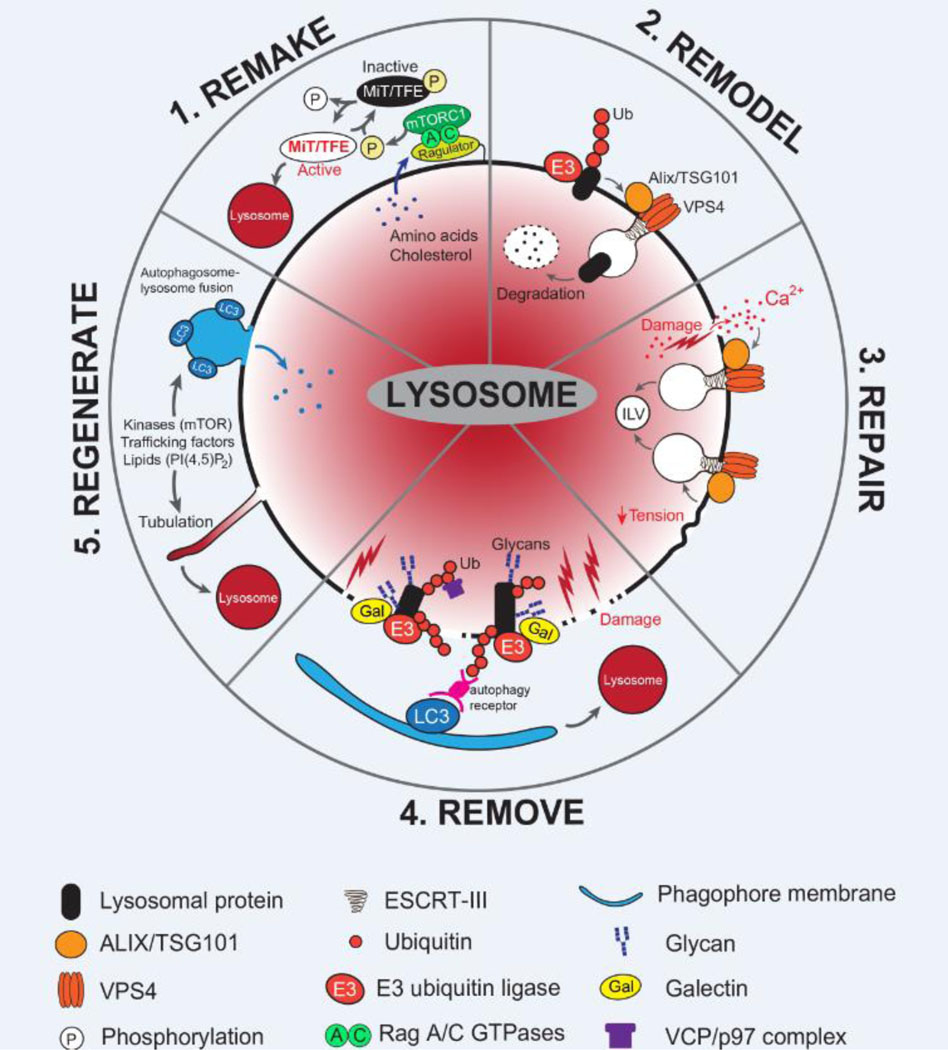Figure 1: Molecular mechanisms of lysosomal remodeling and repair.
Lysosomes undergo dynamic alterations in their number, composition, distribution and function in response to numerous stimuli. Mechanisms mediating lysosome homeostasis are critical for maintaining degradative capacity and cellular homeostasis. These include 1. The ability to ‘REMAKE’ new lysosomes via the activity of the master lysosomal transcription factors, MiT/TFE, the activity of which are regulated via posttranslational modification (e.g. Phosphorylation by mTORC1 mediates cytoplasmic retention and inactivation); 2. The lysosomal membrane can be ‘REMODELed’ via ubiquitylation of select membrane associated proteins, which are subsequently internalized and degraded in an ESCRT-dependent manner; 3. In response to acute damage, the lysosome membrane can undergo ‘REPAIR’ via the action of ALIX/TSG101 mediated recruitment of ESCRT-III proteins. Membrane remodeling in this instance is thought to generate intra-lumenal vesicles (ILV) that effectively remove the damaged portion of the membrane; 4. In the event that lysosomal membrane damage is prolonged or irreversible, dysfunctional lysosomes can be ‘REMOVEd’ via lysophagy. Here, exposed glycans present on lysosomal lumenal proteins recruit Galectins, E2 ubiquitin-conjugating enzymes and E3 ubiquitin ligases, which modify them with ubiquitin. Autophagy receptors recognize ubiquitylated proteins and recruit the autophagy machinery to facilitate engulfment; 5. Following autophagosome-lysosome fusion the resulting ‘autolysosome’ can undergo tubulation to ‘REGENERATE’ new ‘proto-lysosomes’ in a process known as autophagic lysosome reformation (ALR). Through ALR, key components are recycled from hybrid autolysosomes to the new lysosomal vesicles, thereby ensuring cellular lysosome number is maintained.

